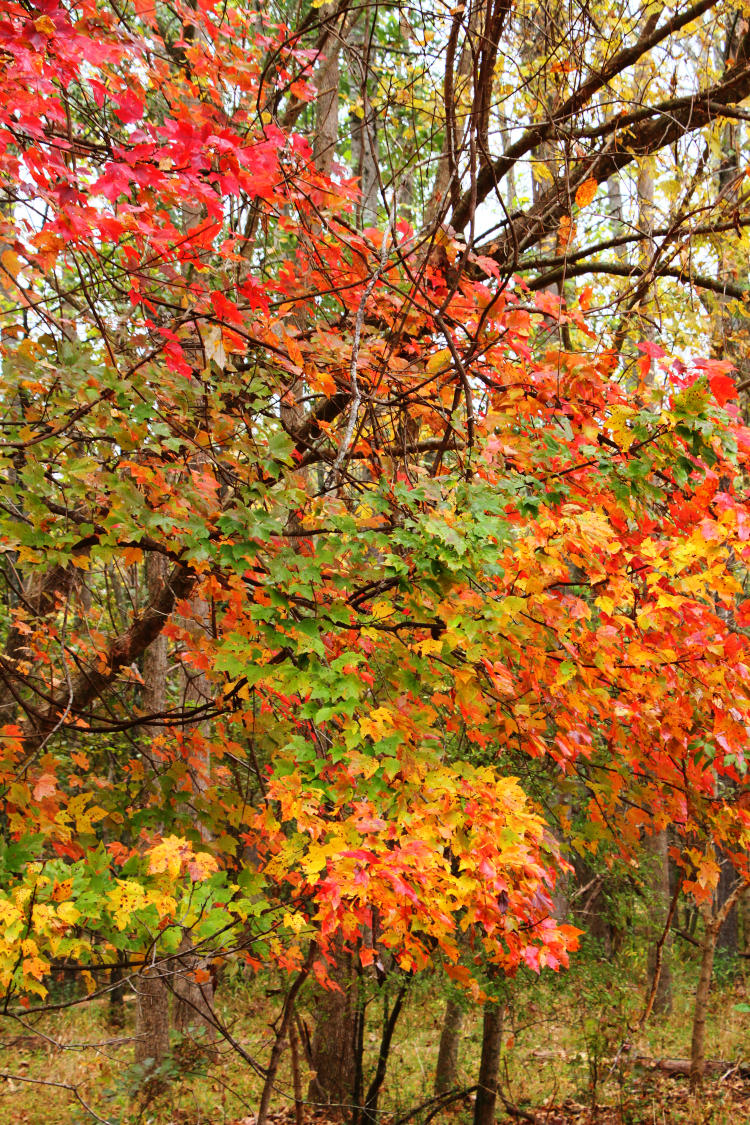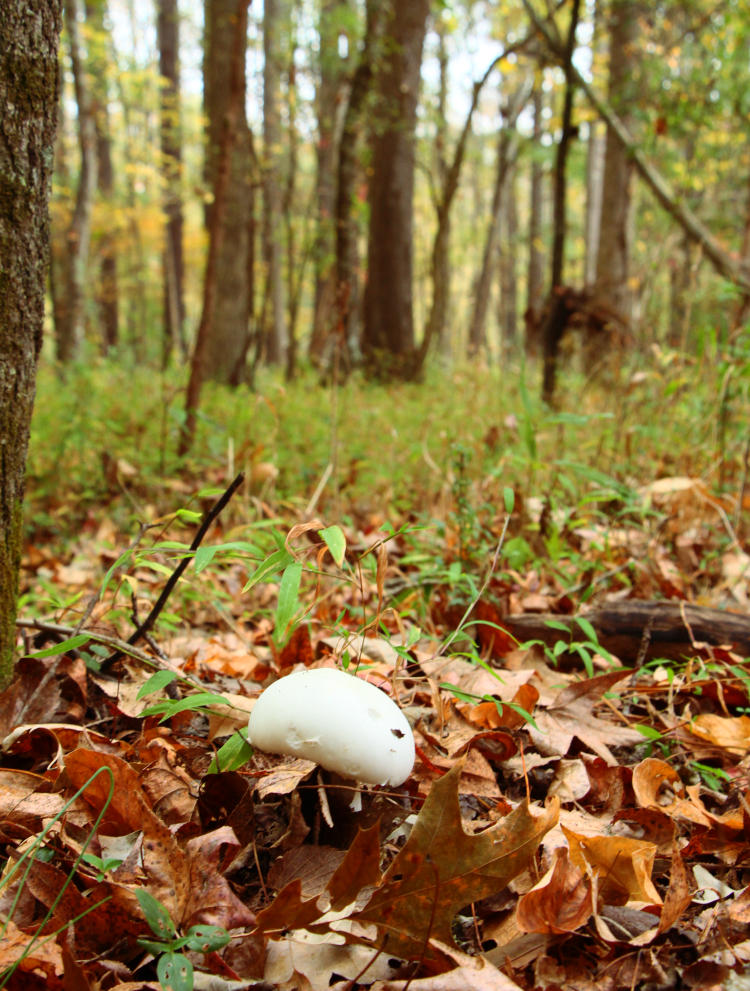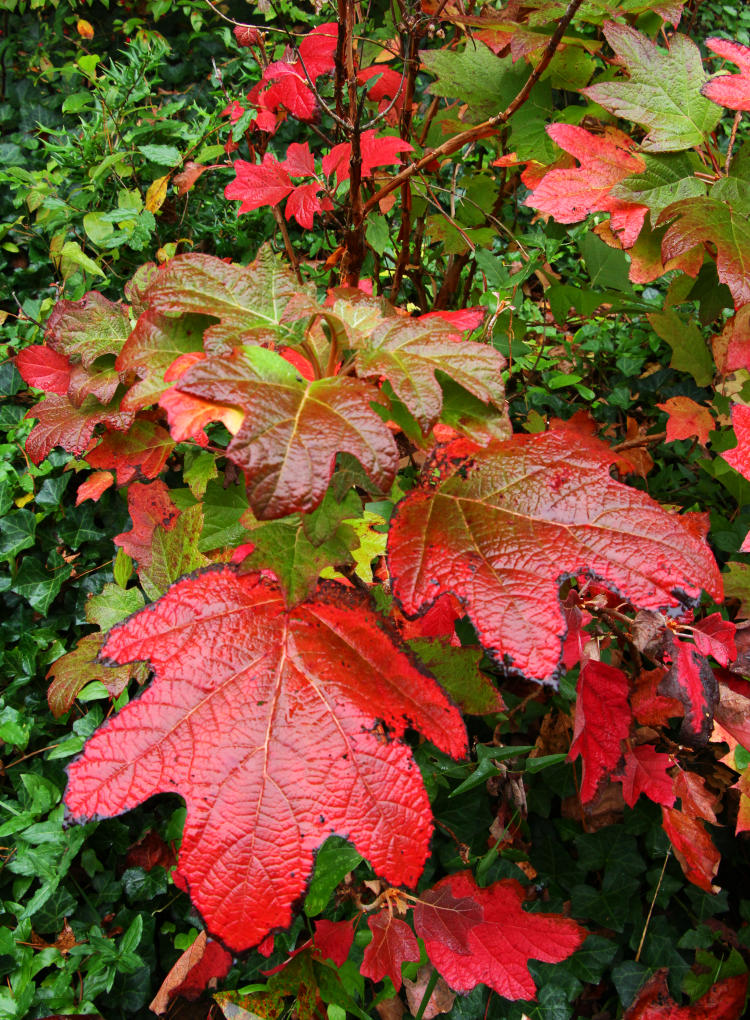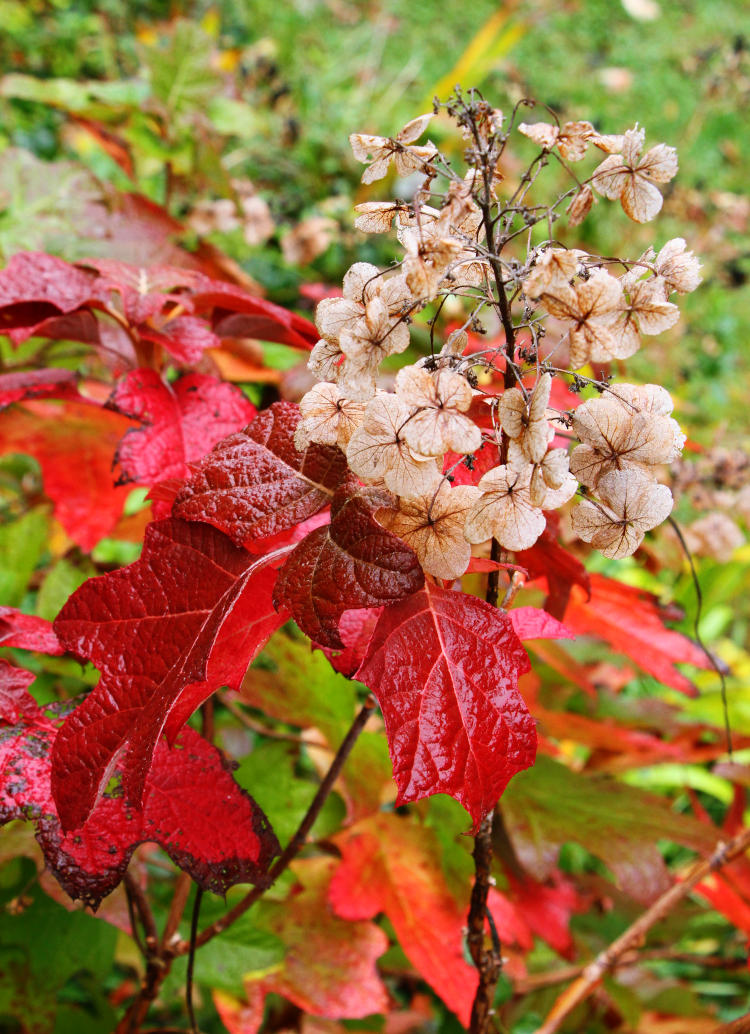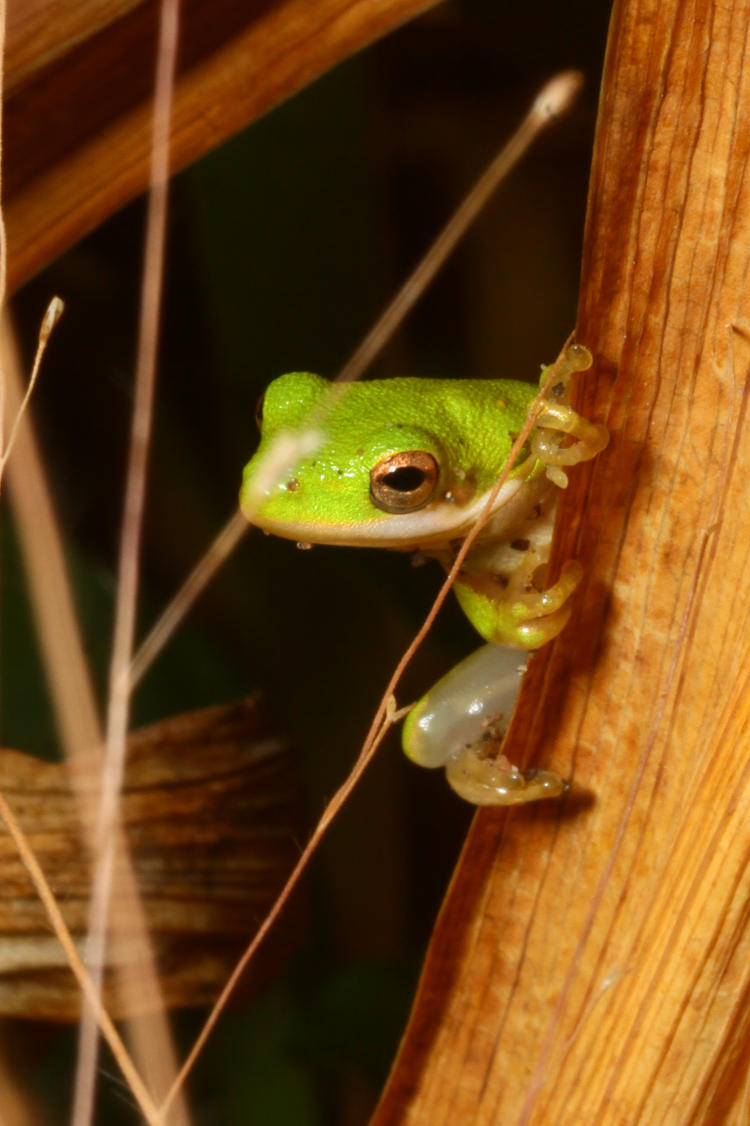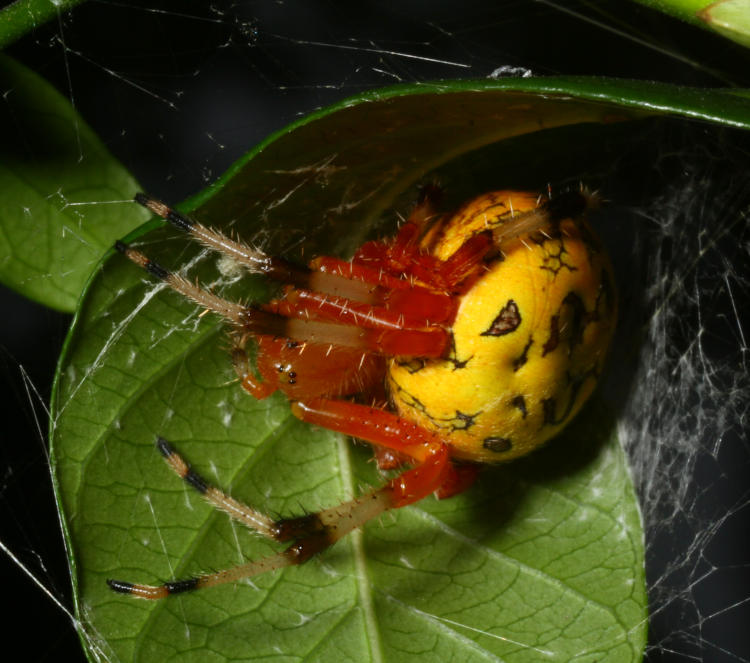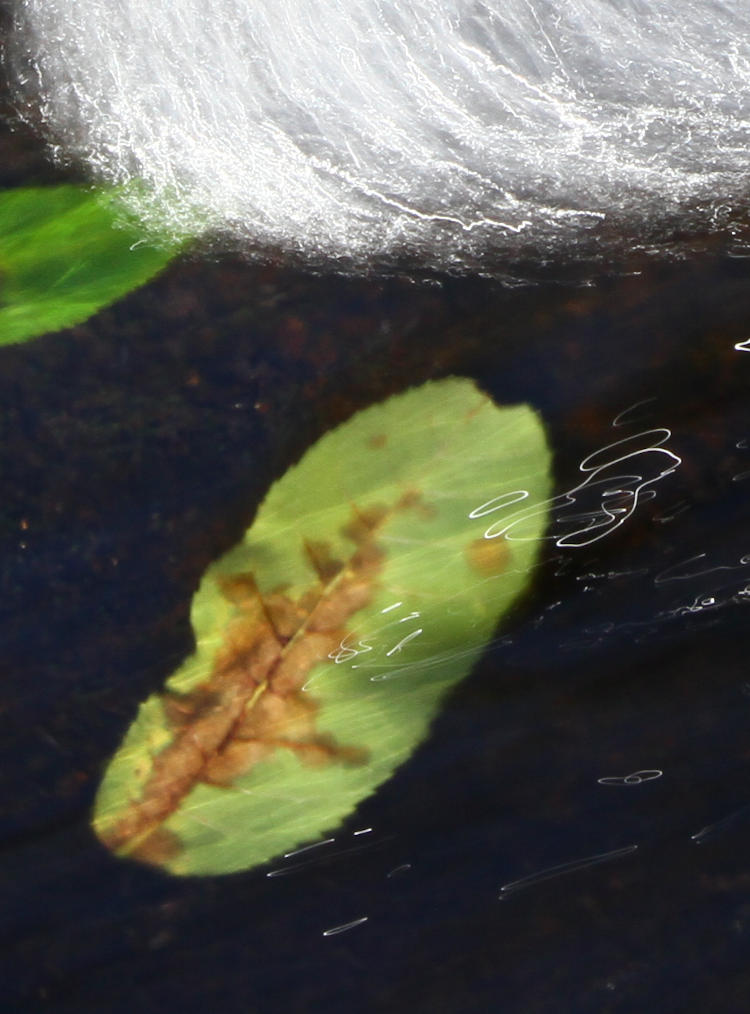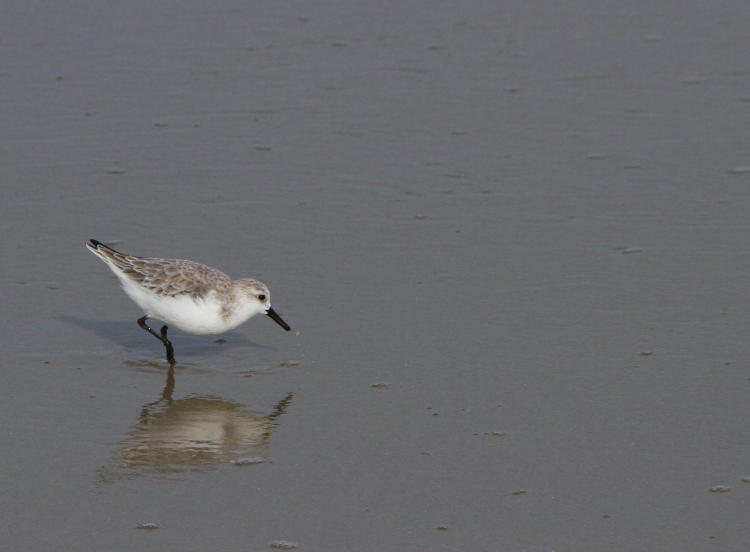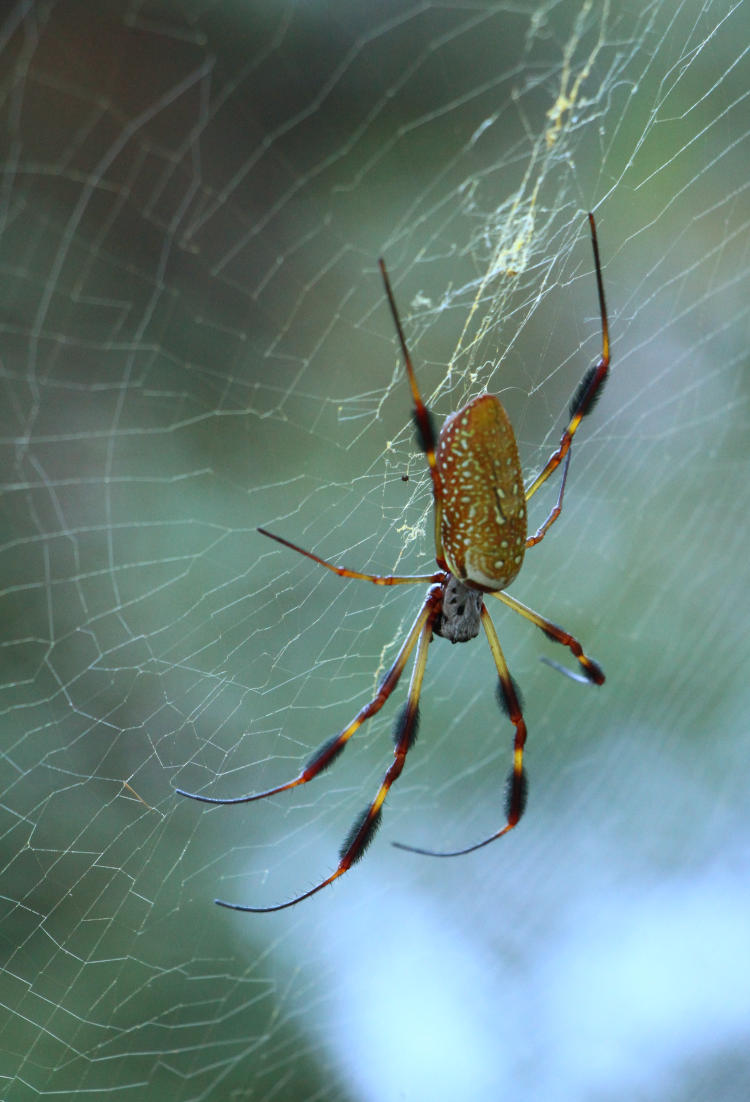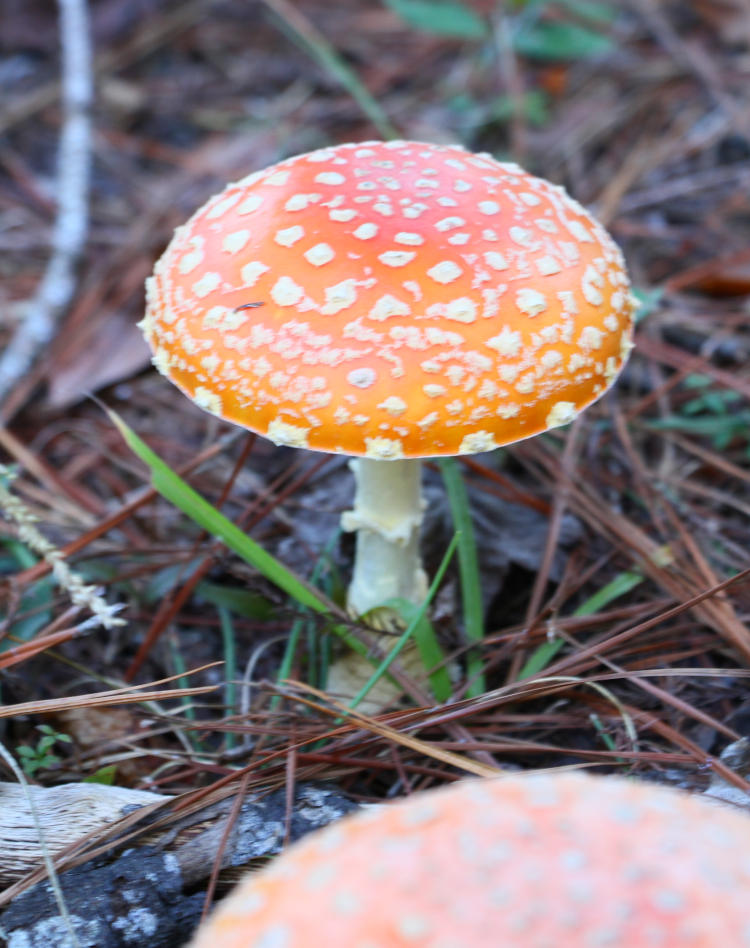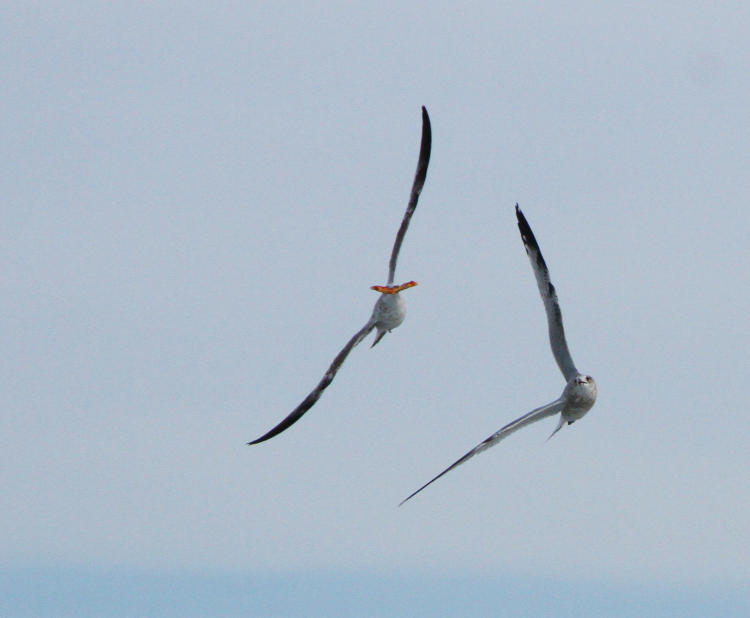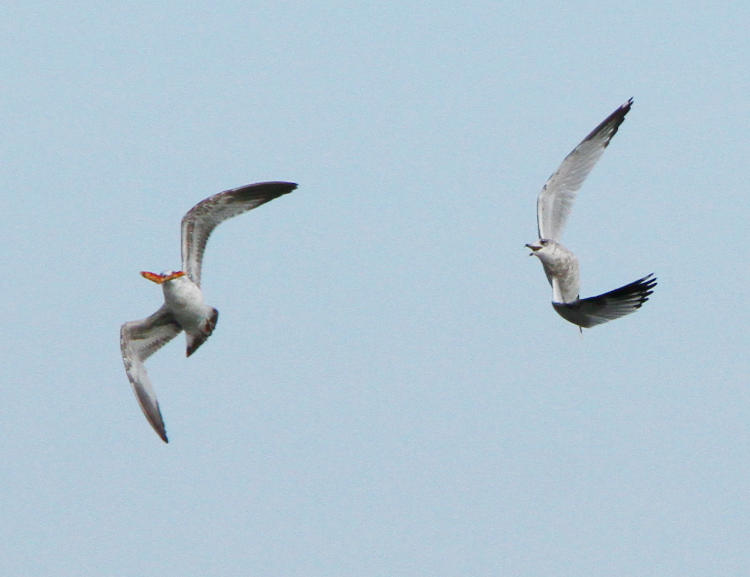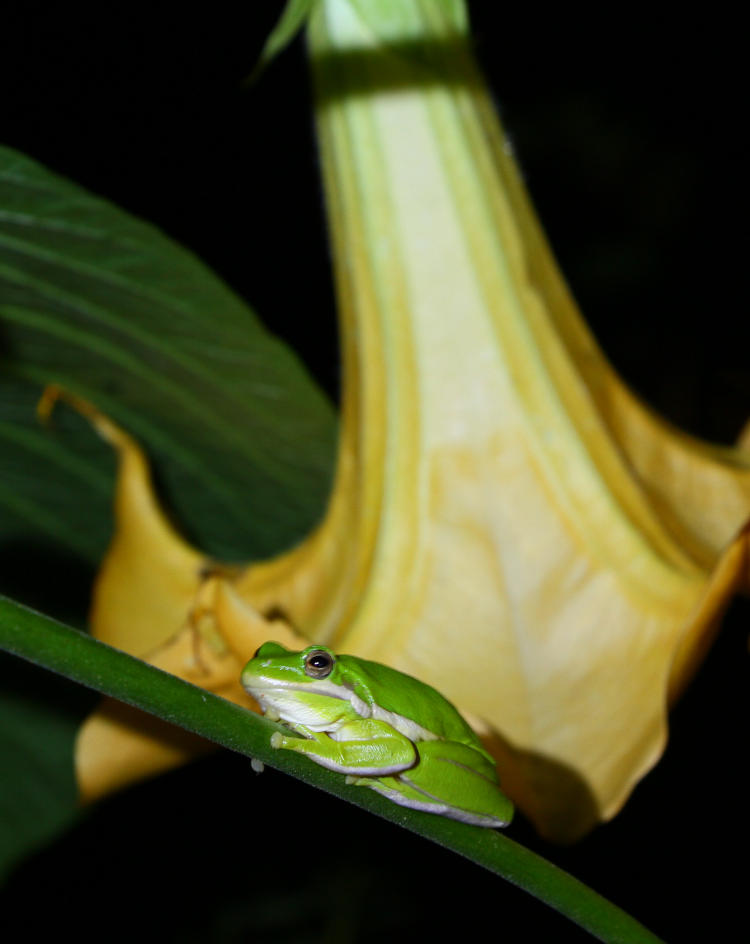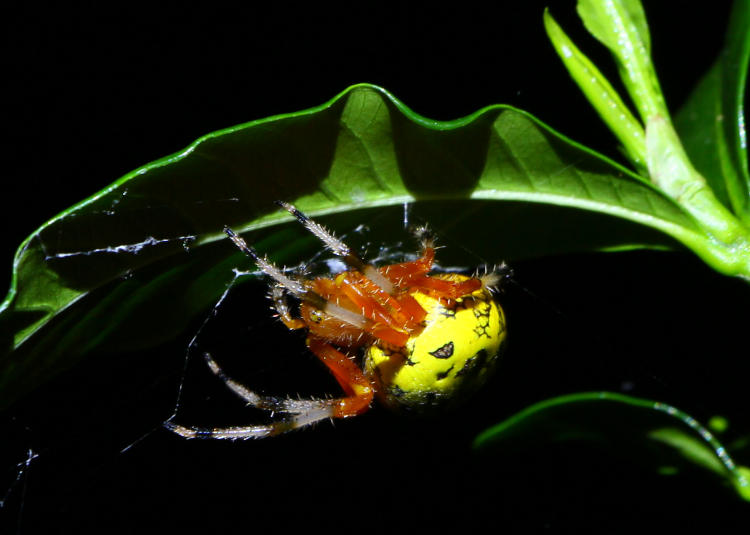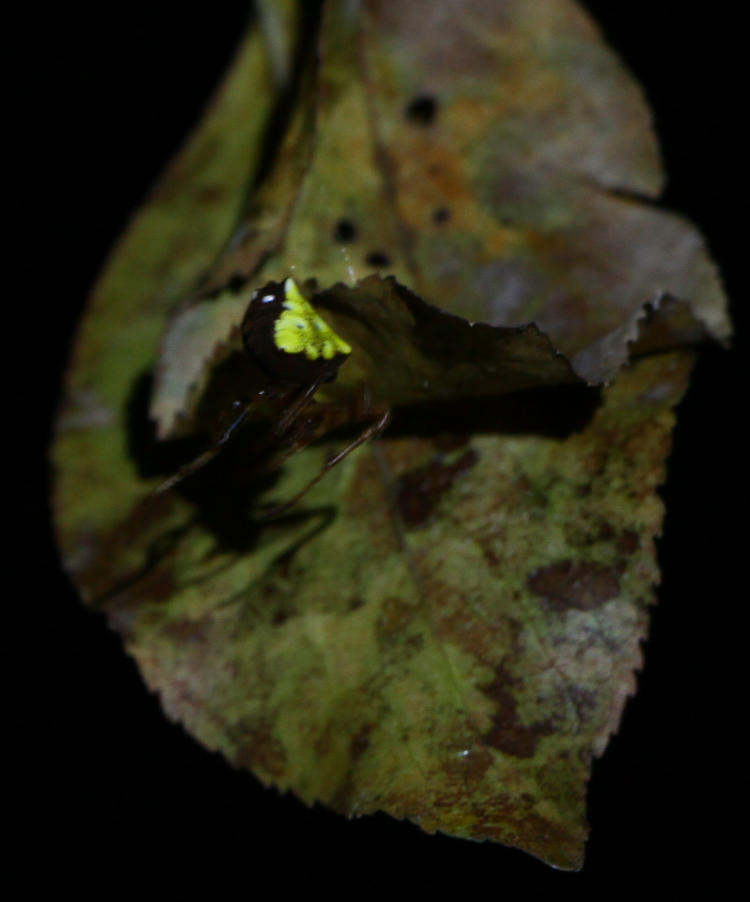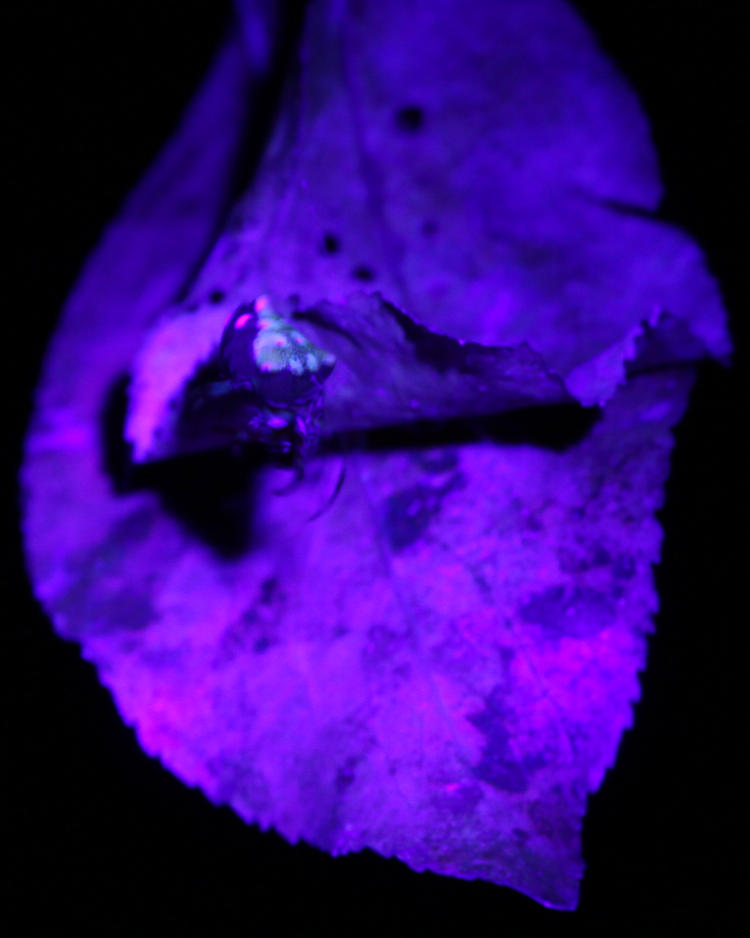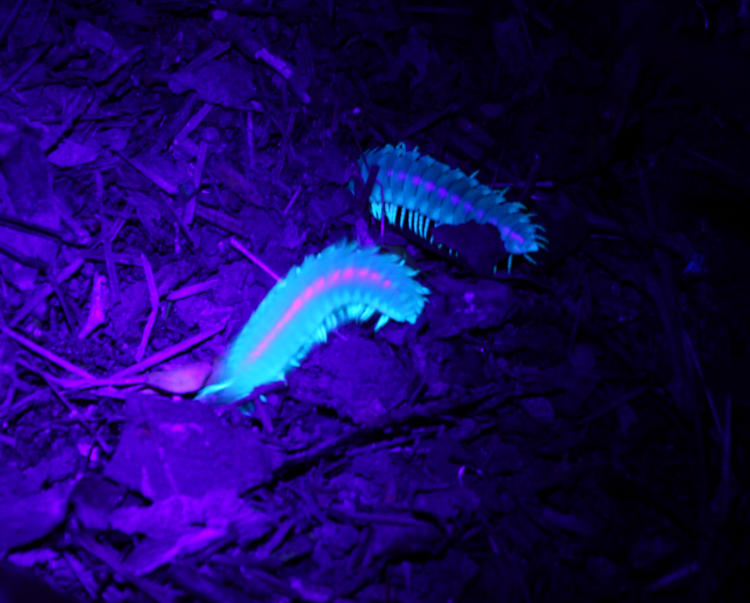
Back in 1998, I switched jobs, necessitating a move into Raleigh, which also necessitated finding new natural areas to explore and chase snakes within. In short order, I found the Falls of the Neuse area, where Falls Lake emptied into the beginning of the Neuse River, seen (in part) above. Many years later I recalled the discovery of this spot as occurring some weeks or months after making the move – except that this frame on negative film occurs on the same roll as images from the previous place that I’d lived. Even then, film didn’t sit in the camera for weeks or months at a time, especially since I was shooting with the then-new Canon Elan IIe rig – I blew through film pretty quickly. There are no dates involved except for the same roll straddling the move, which occurred in the summer of ’98, and that’s close enough. But so much for my memory of the events; I apparently researched likely spots and quickly visited this one, and would do so regularly for the entire time that I lived there, as well as returning soon after I moved back into the state in 2004. That’s a long story that I’m not going to bother with here.
It’s not a good shot even by my standards at the time – I was just noodling around as I explored, not even bothering with the tripod, which I recall as being some basic offering from Ritz Camera or somesuch – I bought my first real tripod, a Bogen, while living in Raleigh, and that one still does duty as my cut-down macro tripod now. All that said, we jump ahead to, oh, a bit over a week ago.
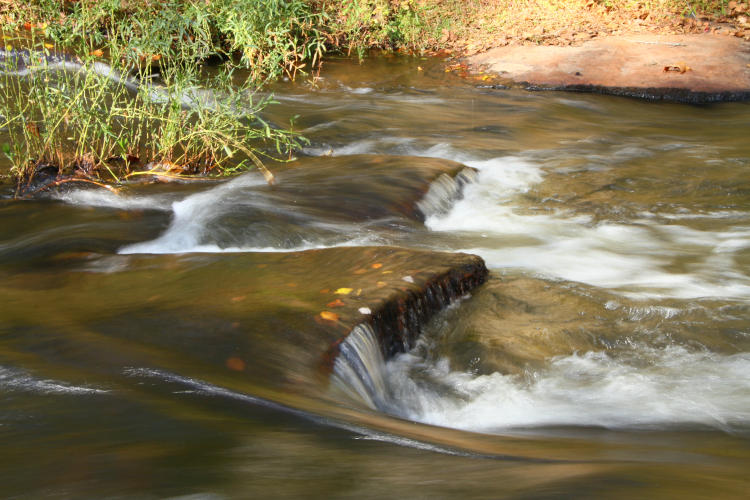
Since my brother wanted to do some nature exploring while he was here, we went down to the Falls of the Neuse area and poked around – more of those images will be coming along. On several past visits, I’d shot a few frames trying to determine exactly where a particular slide that I liked had been taken – I recalled the general area but have never matched up the distinctive rocks. But, this frame seems to match up to the upper half of the one above pretty closely, if you look at the shape of those rocks as defined by the ripples. The tree is gone of course, but that’s not surprising – it was dead already in 1998, and the spillway out of the lake, a few hundred meters from here, is occasionally opened wide to control the lake level; I’ve seen this river two meters deeper than this, so the trunk being swept away in 24 years is actually pretty likely. I tried overlaying the images and they’re not a perfect match, though shooting angle and focal length would both introduce shifts in relative position, so that’s not a deal-breaker, and the rest of the details are so damn close that I think I’ve found a match. Moreover, despite the variation in water levels that’s common, it would appear that it was almost identical between the two shots – within a few centimeters of depth.
Differences? Well, besides the tree, there’s only the time of day throwing different light (we were there in mid afternoon this past trip, and I likely was working in the morning for the first frame.) The time exposure showing smoother ripples is the biggest difference, which I would credit to a tripod for the latter if I’d used one – instead, I counted on the stabilized 18-135 lens and held as still as possible for the 1/6 second shutter speed. Focal length is clearly different: EXIF info on the later frame shows 42mm, equivalent to about 67mm for the film camera, while examining the foreground rocks and leaves for the upper frame indicates that I was shooting wide, because you can see the bottom of the frame is almost looking down, typical of wide-angle curvature. I had a 28-105mm lens then so this was likely taken at 28mm. The rock at top right is more exposed, but that’s just vegetation anyway. Other than that, this particular area doesn’t look too changed at all, and from being there, I can tell you that it really hasn’t – a few trees have fallen, probably more sprung up, but the pools and paths and so on are largely the same. I just found it cool that I shot almost the same frame, a quarter-century apart, without even intending to.




















































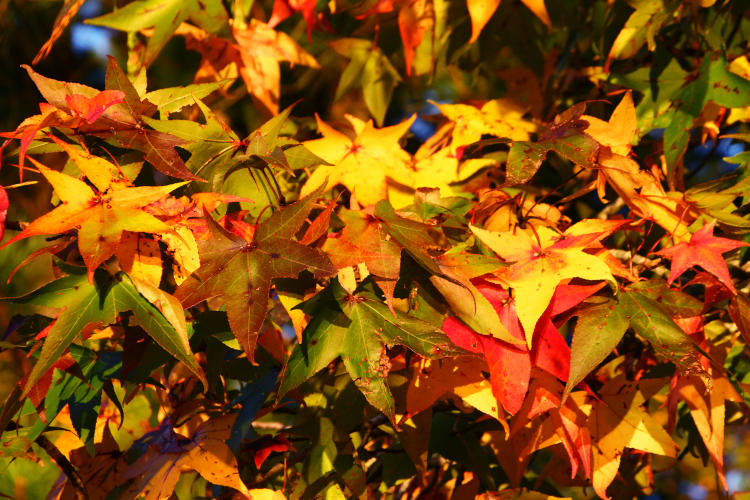
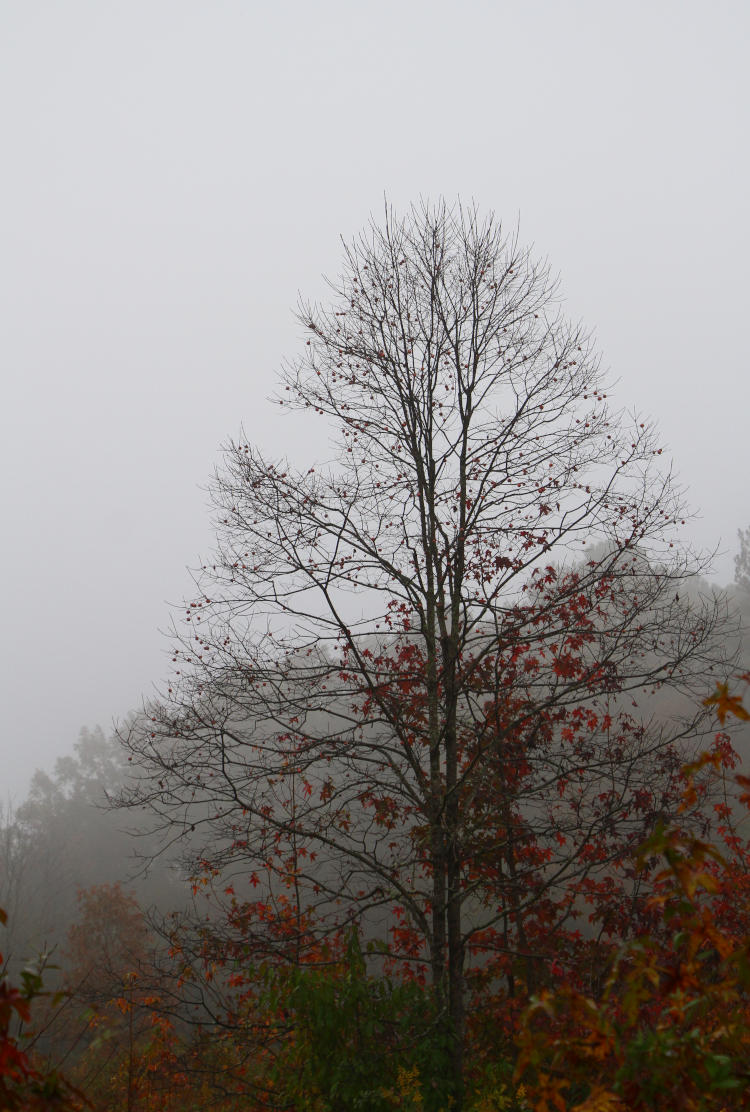

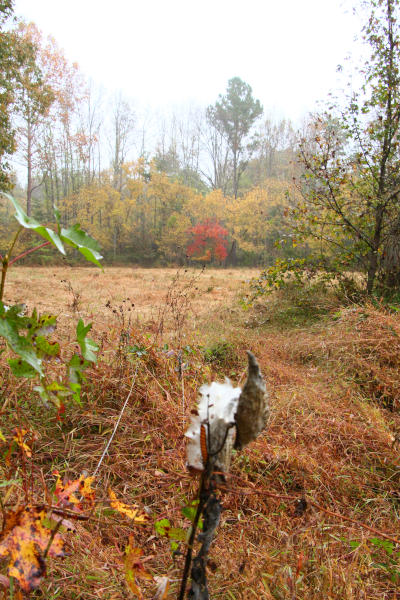 There was really only one tree showing decent color in the background, so I chose a shooting angle and position to enhance this in the frame as much as possible. Changing focal length can alter the rendition of background elements as well, so that gives two quick lessons: watch the background to see what can make things look better, and play around with the zoom to make the most of relative sizes and depth-of-field. For the record, the pic above was at 85mm while the one at right was at 22mm, both at f8.
There was really only one tree showing decent color in the background, so I chose a shooting angle and position to enhance this in the frame as much as possible. Changing focal length can alter the rendition of background elements as well, so that gives two quick lessons: watch the background to see what can make things look better, and play around with the zoom to make the most of relative sizes and depth-of-field. For the record, the pic above was at 85mm while the one at right was at 22mm, both at f8.